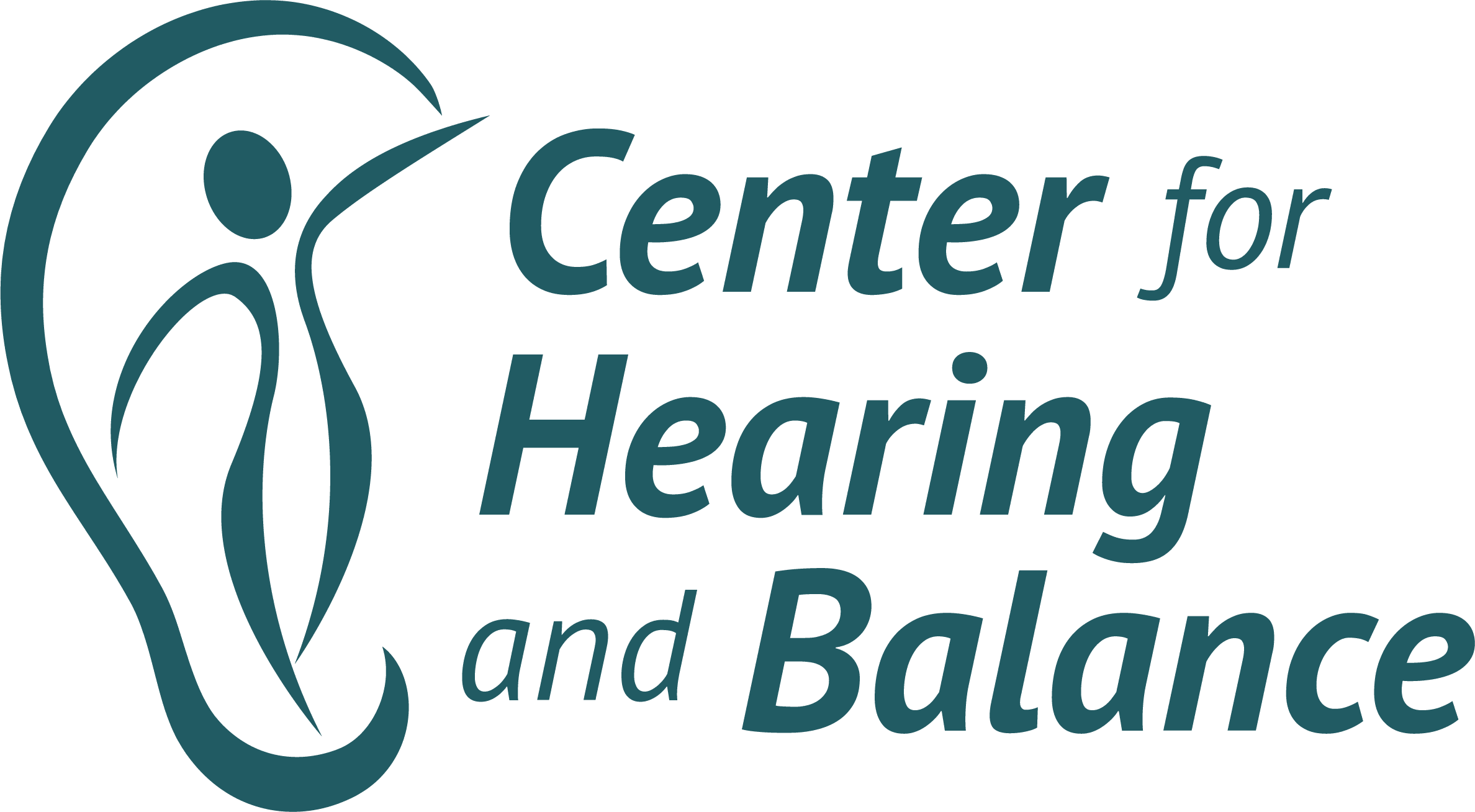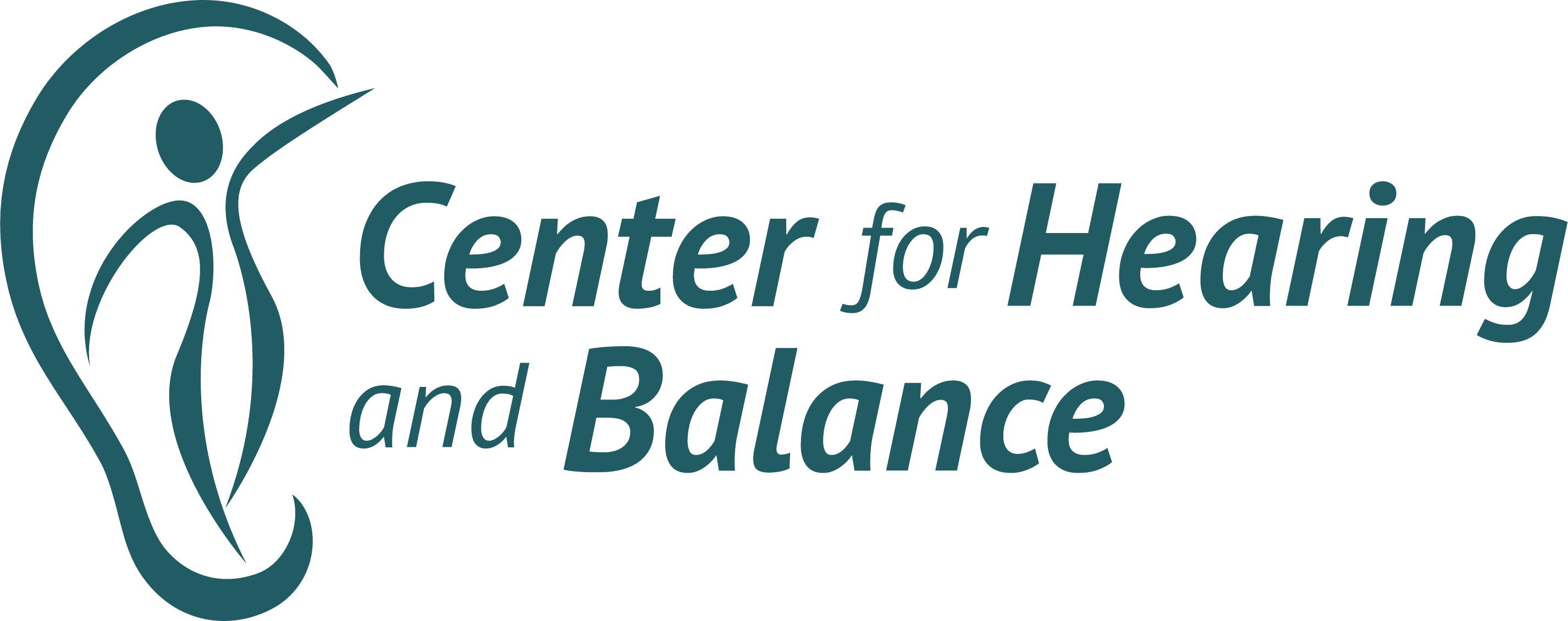If you’re reading this, there’s a good chance that someone in your life has experienced hearing loss. Effective communication is vital for healthy relationships and connections. That said, when interacting with individuals who have hearing loss, it’s crucial to adjust our communication style to ensure that everyone feels heard and valued. Below are some practical tips and tactics for improving communication with people facing hearing challenges, fostering meaningful connections, and enhancing their overall quality of life.
- Be patient and encourage active participation in the conversation
First and foremost, you must recognize that communication with hearing loss is not always a quick and easy process. In order to be an intentional and inclusive listener, it is of utmost importance to be patient and encourage active participation in the conversation. Asking questions and taking extra time to make sure everyone understands each other will make a world of difference in the long run.
- Maintain Eye Contact, Face the Person, Limit Movement
One of the most fundamental ways to improve communication with someone with hearing loss is to ensure they can see your face clearly. When you are speaking, try to maintain eye contact, limit movement, and face the person directly. This allows them to lip-read more easily, as well as pick up on facial expressions and gestures, which are necessary to provide context to the conversation.
- Speak Clearly, Concisely, and Choose Quiet Settings for Conversations
Whenever possible, choose quiet settings for conversations and minimize background noise to ensure effective communication. This also helps reduce speaking excessively loud to a hard of hearing person because that can easily distort speech and make lip-reading more difficult. It is easier for a person with hearing loss to understand you when you speak clearly and at a moderate pace, as well as enunciate your words, avoid mumbling, and speak in concise sentences.
- Incorporate Visual Aids & Gestures
Another strategy to enhance understanding is to incorporate visual aids and gestures into the conversation. Pointing to objects or using hand signals can provide context and make your message more accessible. When you use body language to intentionally express what you mean and how you feel, it is much easier for someone to understand you – regardless of if they have hearing loss.
- Educate Yourself
It is important to take the initiative to educate yourself about each person’s level of hearing loss and preferred communication methods so that you both can feel connected and respected in conversation. Making an effort to learn about the specific challenges of the person you’re communicating with will help you adapt to their needs and demonstrate your commitment to, and engagement with, the conversation.
- Consider an Assistive Listening Device
Lastly, if you’re communicating with someone you think would appreciate the help, consider assisting them in finding an assistive listening device such as hearing aids to improve their ability to hear and communicate. Each persons’ technology needs vary, so be open-minded and supportive as they explore various options and find a device that best fits their needs.
Effective communication connects us to the people we care about, and the most important behavior we can practice is empathy. Making minor adjustments to our communication styles will not only make others feel seen, heard, and understood, but will also help foster meaningful connections and bring about a better sense of overall understanding and compassion.


